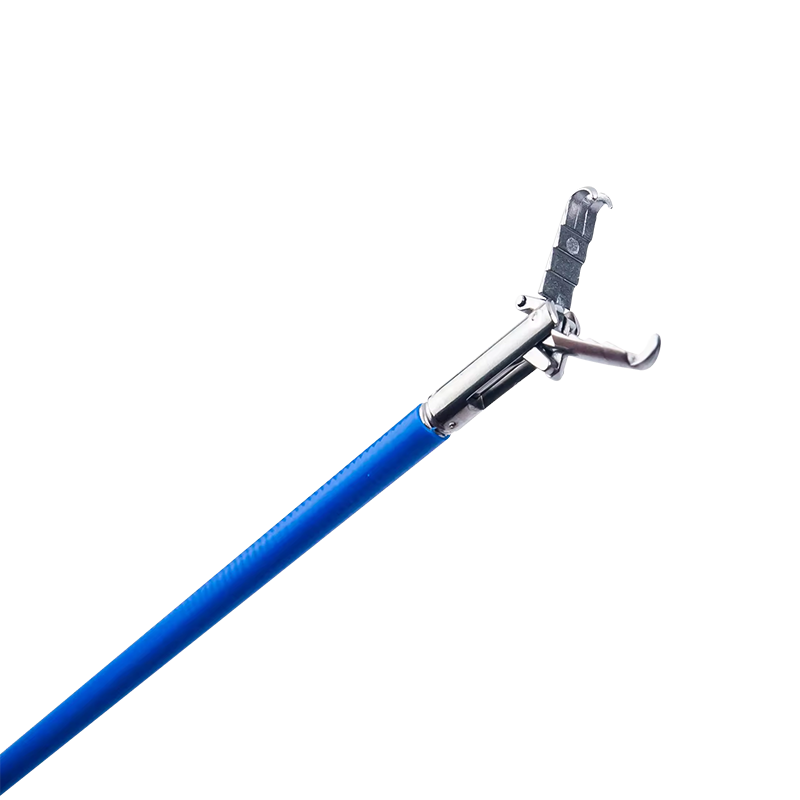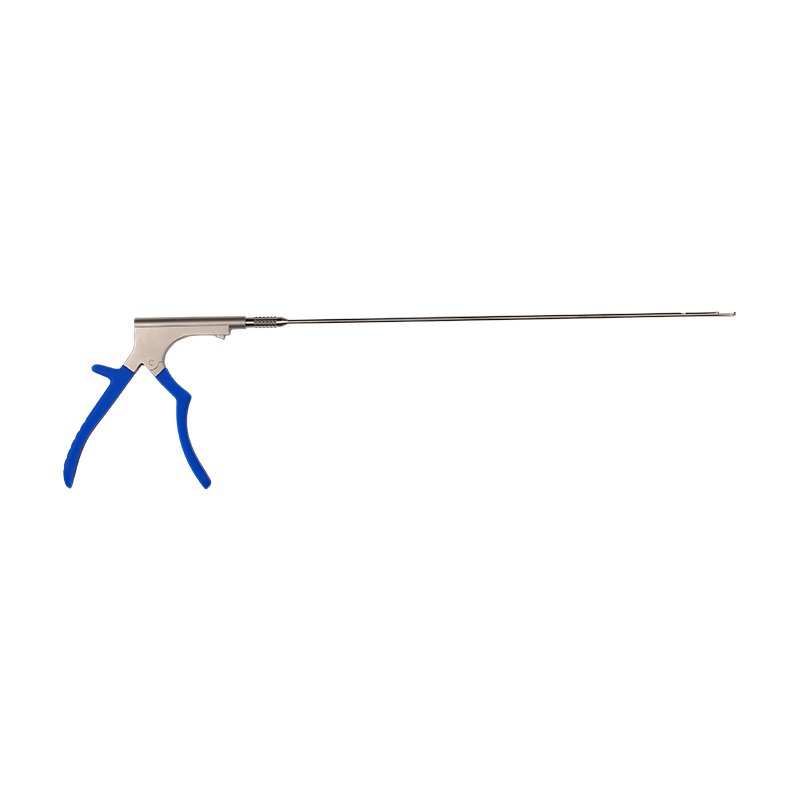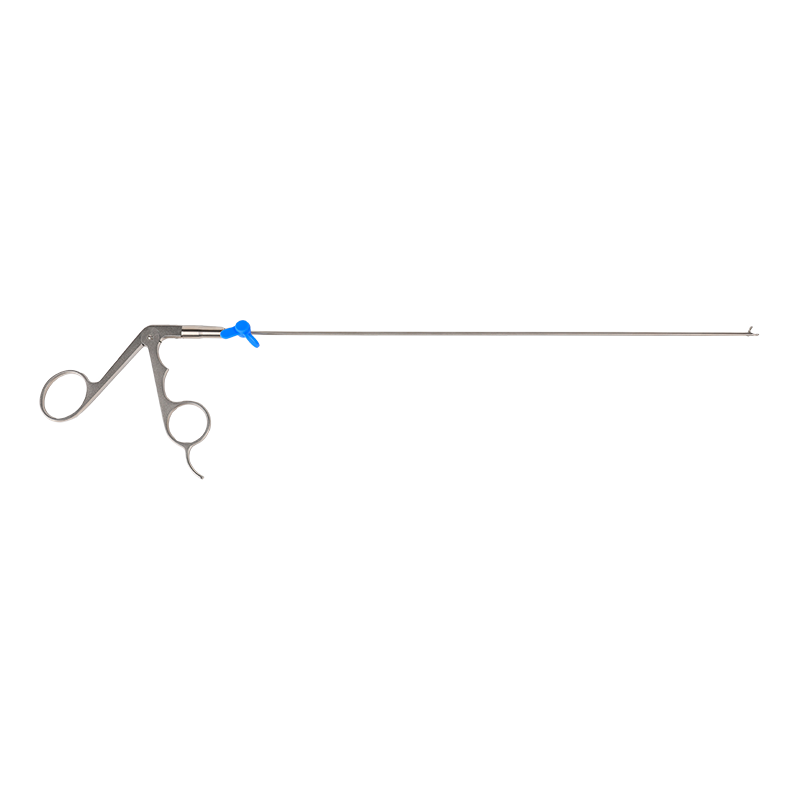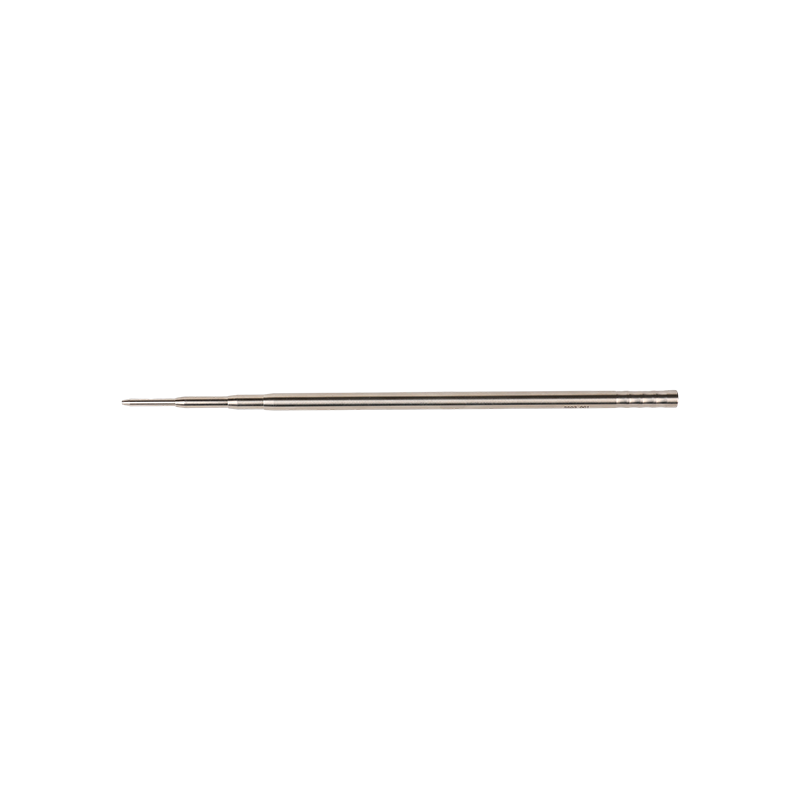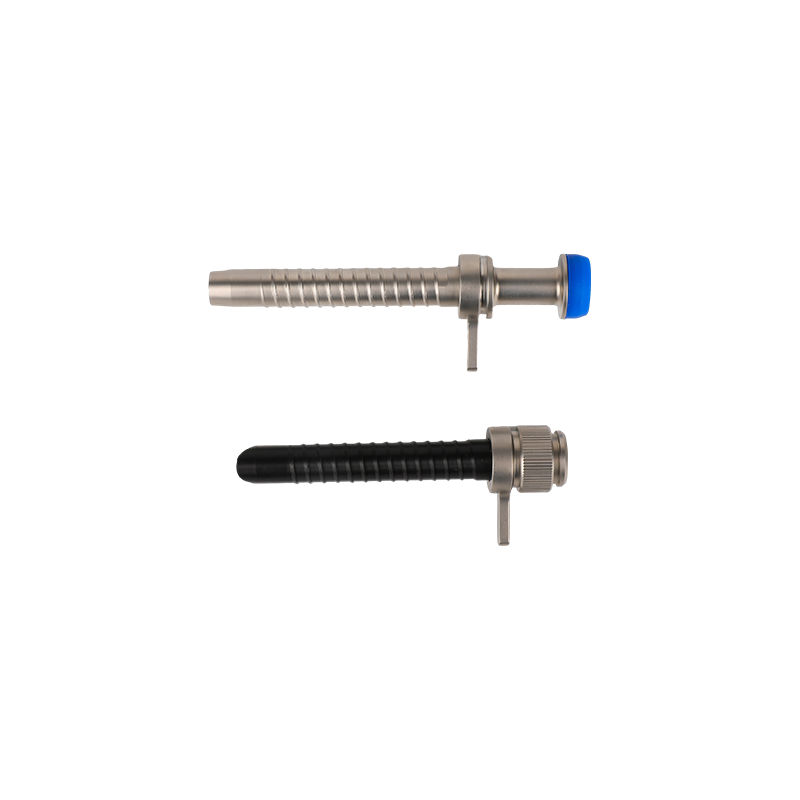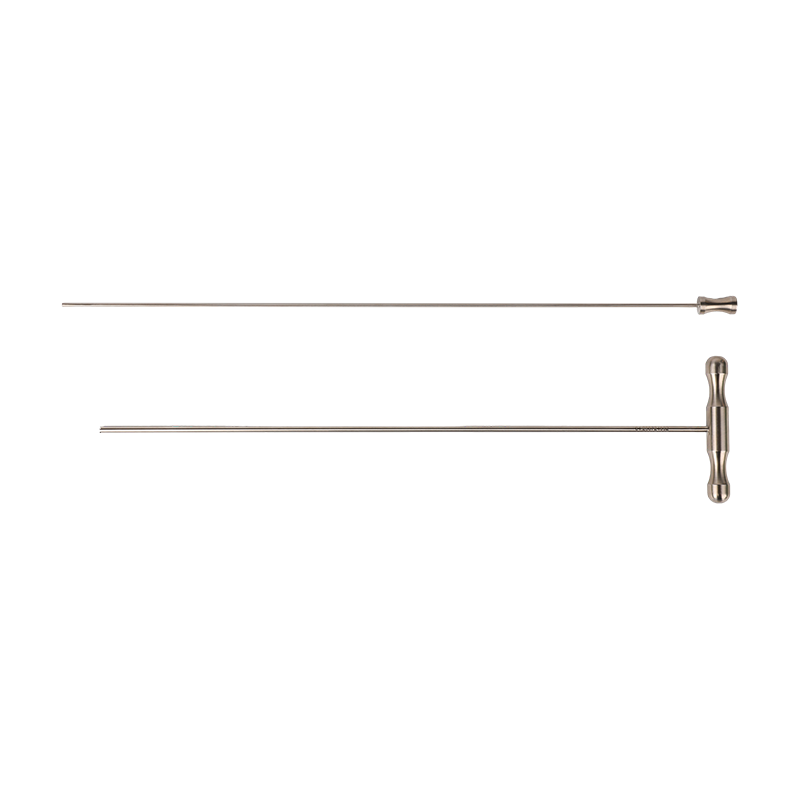Urology, a surgical subspecialty, focuses on the urinary tract system of both men and women, and the male reproductive organs. The delicate and intricate nature of these systems necessitates a specialized array of instruments, each meticulously designed to ensure precision, minimize invasiveness, and facilitate effective diagnosis and treatment. From foundational tools used in general surgery to highly specialized endoscopes and energy devices, urology instruments are at the forefront of modern medical technology, continually evolving to improve patient outcomes.
The Foundation: General Surgical Tools with a Urological Twist
Many common surgical instruments form the bedrock of a urologist's toolkit, albeit often in specialized sizes or configurations. Scalpels, forceps (e.g., tissue forceps, hemostatic forceps), scissors (e.g., Metzenbaum, Mayo), needle holders, and retractors are all essential. However, in urology, these may be finer, longer, or angled to navigate the often confined spaces of the pelvis and abdomen. For instance, specific types of bladder retractors or kidney stone forceps demonstrate this adaptation.
Visualizing the Interior: The Era of Endoscopy
Perhaps the most defining characteristic of modern urology is its reliance on endoscopy. These instruments allow urologists to visualize the internal structures of the urinary tract without large incisions, leading to less pain, faster recovery, and reduced scarring for patients. Key endoscopic instruments include:
Cystoscopes: Used to examine the bladder and urethra. They can be rigid or flexible, allowing for diagnostic viewing, biopsy, and the removal of small bladder stones or tumors.
Ureteroscopes: Thinner and longer than cystoscopes, these are designed to navigate the ureters (tubes connecting the kidneys to the bladder). They are crucial for treating kidney stones located in the ureter or within the kidney itself (retrograde intrarenal surgery). Flexible ureteroscopes, with their steerable tips, represent a significant advancement.
Nephroscopes: Employed during percutaneous nephrolithotomy (PCNL), a procedure to remove large kidney stones. These are inserted directly into the kidney through a small incision in the back.
Resectoscopes: Specialized endoscopes equipped with an electrical loop to resect (cut and remove) tissue. They are primarily used in transurethral resection of the prostate (TURP) for benign prostatic hyperplasia (BPH) and transurethral resection of bladder tumors (TURBT).
Harnessing Energy: Cutting, Coagulating, and Vaporizing
Modern urology extensively utilizes various energy sources for tissue manipulation:
Electrocautery: Used for cutting and coagulating tissue during open and endoscopic procedures. Different electrodes and settings allow for precise control.
Lasers: Revolutionized urology, particularly in stone management and prostate treatment.
Holmium:YAG (Ho:YAG) Laser: The workhorse for lithotripsy (stone fragmentation), capable of breaking down all stone compositions. It's also used for incision and excision of soft tissue.
Thulium Fiber Laser (TFL): A newer laser with excellent stone dusting capabilities and potential for prostate enucleation (ThuFLEP).
GreenLight Laser (KTP/LBO Laser): Primarily used for photoselective vaporization of the prostate (PVP) to treat BPH.
Ultrasonic Devices: Used for stone fragmentation (e.g., during PCNL) and tissue dissection.
Beyond Visualization and Energy: Specialized Tools
A range of other specialized instruments contributes to comprehensive urological care:
Stone Retrieval Devices: Baskets, graspers, and forceps specifically designed to retrieve stone fragments after lithotripsy.
Dilators and Stents: Used to widen narrowed areas (strictures) in the urinary tract or to maintain patency after surgery. Ureteral stents are commonly placed to ensure urine flow from the kidney to the bladder.
Sutures and Ligating Clips: Essential for closing incisions and ligating blood vessels.
Biopsy Forceps: Used to obtain tissue samples for pathological examination.
Urodynamic Equipment: Although not strictly surgical instruments, these devices measure the pressure and flow of urine, crucial for diagnosing bladder dysfunction.
The Future of Urology Instruments
The field of urology instrumentation continues to advance at a rapid pace. Miniaturization, enhanced imaging capabilities (e.g., 3D endoscopy, fluorescence imaging), robotic assistance (e.g., Da Vinci surgical system for prostatectomy and nephrectomy), and the development of even more precise and versatile energy sources are shaping the future. These innovations promise even less invasive procedures, improved surgical precision, and ultimately, better outcomes and quality of life for patients facing urological conditions. The synergy between skilled urologists and cutting-edge instruments defines the excellence of modern urological care.


 English
English عربى
عربى Español
Español
